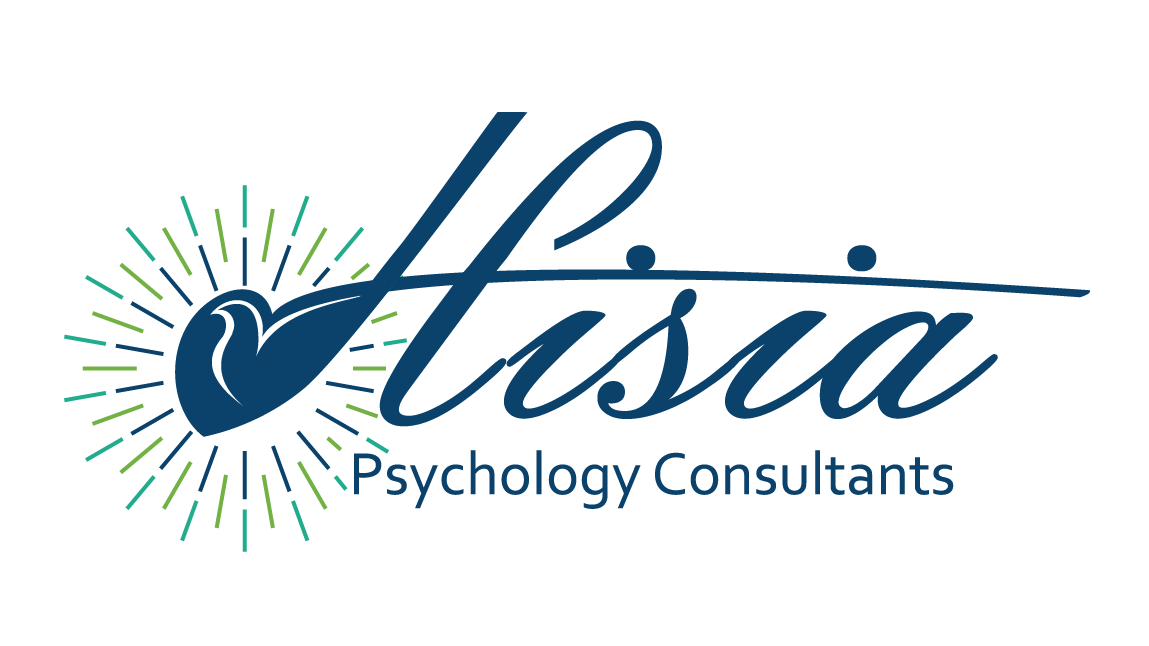Imagine a world where everyone learns, works, and interacts in the same way. While this might seem efficient, it wouldn’t reflect the beautiful tapestry of human neurodiversity.
Neurodiversity refers to the natural variation in human brain function and wiring. This encompasses a range of conditions like Attention Deficit Hyperactivity Disorder (ADHD), dyslexia, autism, and many others. Historically, these differences were often seen as deficits, leading to challenges and exclusion. Today, the focus is shifting towards acceptance and accommodation.
Why Neurodiversity Acceptance Matters
Neurodiversity isn’t a disorder; it’s a different way of experiencing the world. Here’s why embracing it is crucial:
- Strength in Diversity: Neurodiverse individuals bring unique strengths, perspectives, and talents to the table. A truly inclusive environment benefits from this diversity.
- Empowering Potential: When individuals feel accepted and supported for their neurodiversity, they can thrive and reach their full potential.
- Reduces Stigma: Acceptance helps dismantle negative stereotypes and fosters a more understanding and inclusive society.
Creating a World Where Everyone Thrives: Practical Accommodations
By implementing specific accommodations, we can create a more inclusive and supportive environment for everyone. Here are some examples for common neurodiversities:
ADHD:
- Reduced distractions: Provide a quiet workspace with minimal clutter.
- Flexible deadlines: Offer alternative ways to complete tasks or extended time limits for assignments.
- Chunking information: Break down large tasks into smaller, more manageable steps.
Dyslexia:
- Text-to-speech software: Allow the use of assistive technology for reading and writing.
- Alternative testing formats: Offer options like audio recordings or untimed tests.
- Color overlays: Provide colored overlays for text to improve readability for some dyslexic individuals.
Autism:
- Sensory-friendly spaces: Create designated areas with calming lighting and minimal noise for sensory overload moments.
- Visual aids and clear communication: Utilize visuals like diagrams or flowcharts to enhance understanding.
- Social skills support: Offer workshops or resources to help individuals navigate social interactions more comfortably.
These are just a few examples, and the most effective accommodations will vary depending on the individual’s specific needs. Open communication and collaboration are key to finding the right support.
Neurodiversity acceptance isn’t just about tolerance; it’s about celebrating and fostering the unique strengths that come with each variation in brain function. By creating inclusive environments with appropriate accommodations, we empower everyone to thrive in academic, professional, and personal settings.









